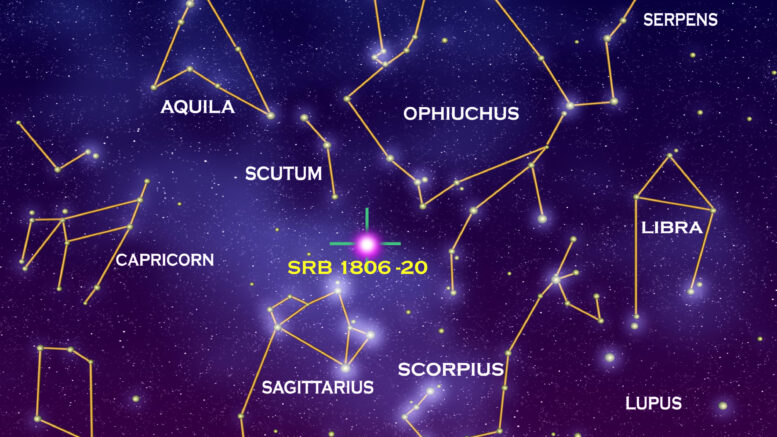Although the Pacific Northwest is not a location that one can view all of the constellations in the nights sky throughout the year, there are still some amazing constellations that are really recognizable. These constellations are the the most likely to be recognized, in no particular order. These are really fun constellations to view, that can be done by almost anyone looking up at the nights sky.
Orion
Perhaps the most famous constellation with mentions in works such as the Bible and Ancient Greek literature, Orion is an easily recognizable constellation viewable in the winter months and January. Orion is a great reference point for finding other winter constellations. The 3 stars that make up Orion’s Belt are Orion is one of the largest and most recognizable of the constellations. It is viewable around the world, and has been mentioned by Homer, Virgil, and even the Bible, making it perhaps the most famous constellation. The three stars in the belt are an easy asterism to find, which looks great in telescopes and an easy target for astrophotographers.
Cassiopeia
With the distinctive “W” shape formed by 5 bright stars, Cassiopeia is one of the most easily recognizable constellations in the night sky come fall and early winter. The constellation is named after the vain queen Cassiopeia, mother of Andromeda, in Greek mythology, who boasted about her unrivaled beauty. The constellation contains a number of open clusters, young luminous galactic disc stars, and nebulae. 2 Messier objects are located in Cassiopeia, M52 and M103, both of which are open clusters.
Ursa Major
The third largest constellation in the sky, Ursa Major or Great Bear constellation contains the brightest start in the nights sky. Ursa Major is primarily known from the asterism of its main seven stars, which has the nickname such as the “Big Dipper,” “the Wagon,” “Charles’s Wain,” or “the Plough.” Ursa Major is visible throughout the year from most of the northern hemisphere, and appears circumpolar above the mid-northern latitudes, but is best viewed in February. 2 stars in the constellation, Dubhe and Merak can be used as the navigational pointer towards the place of the current northern pole star, Polaris in Ursa Minor.
Ursa Minor
Ursa Mine, otherwise known as the Little Dipper or Little Bear, is a constellation visible in the extreme northern sky. Because it is so far north, the constellation is visible in the northern hemisphere all year long, which is circumpolar. Although the Ursa Minor is important for navigation because Polaris is the North Pole star and a member of the constellation, there aren’t many deep sky objects in the constellation. However, the Ursids peaks between December 18 and 25 from the constellation.
Cygnus
Lying on the plane of the Milky Way, the constellation Cygnus derives its name from the Latinization of the Greek word for swan. Cygnus has become 1 of the most recognizable constellations because of its association with the Northern Cross asterism. Cygnus was among the 48 constellations listed by the 2nd century astronomer Ptolemy. Covering 804 square degrees and around 1.9% of the night sky, Cygnus ranks 16th of the 88 constellations in regards to size. Cygnus contains Deneb, which one of the brightest stars in the night sky and the most distant first-magnitude star. Cygnus is one corner of the Summer Triangle. Cygnus is known as the Northern Cross. Many star systems in Cygnus have known planets.
To learn more about constellation visibility in the Pacific Northwest, check about this article. Check out the website weekly for more articles like this and check out our Twitter and Instagram for more info.

Thanks for sharing. I read many of your posts and they are very good. Keep up the great work!